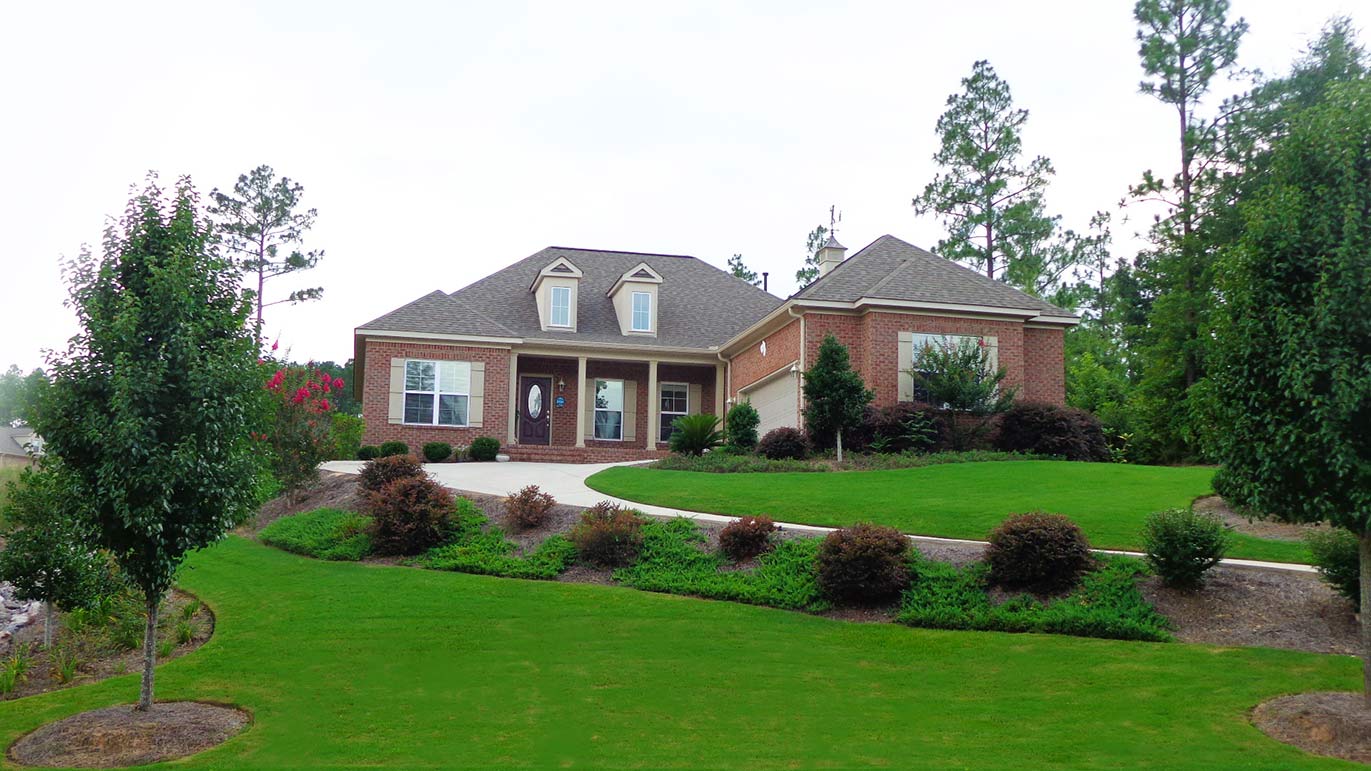12 Mar The Professional Technique of Sod Installation
The decision of laying new sod should be given lots of thought and preparation to ensure you are getting the best sod for your lawns situation. The sun vs. shade ratio is one aspect to consider. Your drainage in certain spots in your yard, is it great or does it need attention? What is your soil’s pH? Once you have chosen the turf that will thrive best in your yard you need to do soil preparation before the sod even arrives. I will break down the steps necessary for a successful install that leads to years of enjoying a lush, green lawn.
Scheduling an install: What are the soil temperatures? Are we in the middle of summer when you realized the need for a new yard. We like to do our sod installs in the fall or early spring. Temperatures around 55-65 degrees Fahrenheit are ideal to insure the sod will not dry up in the heat or the roots freeze in the ground. This will cause shock and the turf may not heal properly.
Prep the area of your future lawn: Using an herbicide will kill out most of the grass at least two weeks ahead of time. Then, a day or two head take a sod cutter to fully remove any grass by the roots that remain. Remove any rocks, roots or debris from the area and rake the site to grade it to ensure proper drainage. Now check that trusty soil sample to ensure that any nutrients missing will be added to give your new sod the best base for growth. Will you need to add lime or any macro-nutrients to the soil? This can be added in with the organic top soil. Add top soil at least 2-4 inches thick and rake in with the existing dirt. Now you have your beautiful rolls of freshly cut sod delivered.
Sod install: Being by installing sod along the longest straight line, such as a driveway or walkway. Butt and push edges and ends against each other tightly, avoiding gaps or overlays. Stager the joints in each row in a brick laying fashion. On slopes, place sod perpendicular to the slope. Be sure to trim all corners and curves to the edges of beds and hardscapes. Any sod gaps can cause dry out and disease. Rolling the turf will improve sod to soil contact and remove any air pockets. This can be done up to two weeks after the install.
Water, water, and water some more: Begin watering the new turf as you install through the zones. Sod is a living plant and requires soil contact and moisture to survive. Once you’ve installed a zone turn it on immediately. Water daily, or more often, keeping sod moist until it is firmly rooted. You do not want the sod to dry out and start to turn brown during this rooting in process. Lift a piece of sod to be sure that you are watering down to the soil below the sod. Daily water can go up to two weeks. After the sod has rooted in you can cut back to less frequent and deeper watering. Avoid fixed irrigation timer setting in the first 4 weeks. Ensure that you are giving the sod 1 inch of water per week. Keep in mind that rainfall may do this for you and be mindful to not add additional water that mother nature has already provided.
Lastly, pat yourself on the back! You are a winner because you choose to do a top notch install and will be getting rewarded by that turf for years to come.




Sorry, the comment form is closed at this time.